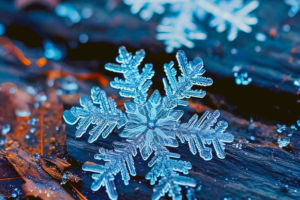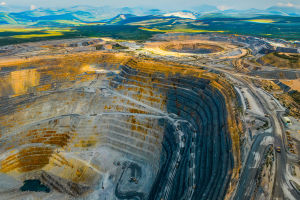We live on a planet that never stops moving. Earth spins on its axis and travels around the Sun at the same time. These two motions—spin and orbit—shape everything we experience, from the daily sunrise to the changing seasons.
Understanding these movements helps us appreciate how fragile and perfect the balance of life on Earth really is.
What Is Earth’s Spin?
Spin means Earth rotates around an invisible line running from the North Pole to the South Pole, called the axis. This spin takes about 24 hours to complete. If you could look down from above the North Pole, you would see Earth turning counterclockwise. The spin causes day and night because different parts of Earth face toward or away from the Sun as it turns.
The axis is tilted by about 23.66 degrees compared to the plane Earth travels around the Sun. This tilt is important because it causes the seasons. When one hemisphere tilts closer to the Sun, it experiences summer, while the other hemisphere has winter.
Earth’s Orbit: Our Yearly Journey
While Earth spins, it is also moving in an orbit around the Sun. This path is almost flat and elliptical, meaning it’s slightly stretched out rather than a perfect circle. It takes Earth about 365 days to complete one orbit.
Because the axis tilt remains steady as Earth orbits, the amount of sunlight a place receives changes throughout the year. This variation creates spring, summer, fall, and winter, shaping ecosystems and weather worldwide.
What If Earth Suddenly Stopped Spinning?
Now, let’s imagine something shocking: what if Earth stopped spinning all of a sudden?
First, because everything on Earth’s surface moves with the planet, inertia would cause people, buildings, oceans, and even mountains to keep moving forward at speeds over 1,000 kilometers per hour. That’s faster than the fastest jet planes! This would cause unimaginable destruction instantly.
Second, the oceans would surge toward the continents, creating massive tsunamis. The atmosphere would also keep moving, whipping up storms far stronger than any we’ve ever seen.
Third, if Earth stopped spinning but kept orbiting the Sun, half the planet would face the Sun non-stop for months, turning unbearably hot—up to 100 degrees Celsius. Meanwhile, the other half would be in darkness and freezing cold, with temperatures dropping at least 60 degrees Celsius below zero. Life on both sides would struggle to survive.
Lastly, Earth’s magnetic field, created by the spinning liquid core, would weaken and eventually vanish. This shield protects us from dangerous cosmic radiation. Without it, radiation would bombard Earth’s surface, raising risks of genetic mutations and serious health problems.
What If Earth Stopped Orbiting the Sun?
What if Earth suddenly stopped moving around the Sun?
Currently, Earth’s orbit balances the Sun’s gravitational pull with the outward force created by Earth’s motion. If Earth stopped orbiting, it would start falling directly toward the Sun.
Before that happened, everything on Earth’s surface would be flung off at speeds around 30 kilometers per second—over 100,000 kilometers per hour! That’s faster than escape velocity, meaning all objects would fly off into space.
Moving at this speed through the atmosphere would cause extreme friction and heat, instantly burning anything exposed. Life as we know it would be destroyed in moments.
If Earth remained intact somehow, it would spiral into the Sun in about 65 days. As it got closer, heat would vaporize oceans and melt the planet’s surface until nothing remained.
Why Spin and Orbit Are Vital
These extreme scenarios remind us how delicate Earth’s balance is. The spin and orbit don’t just create day and night or seasons; they make life possible.
Every sunrise and season change we enjoy comes from this cosmic dance. Lykkers, have you ever thought about how different life would be if these motions suddenly stopped? It’s a powerful reminder to appreciate our amazing planet and the forces that keep it alive.
Earth's motion around the Sun, not as simple as I thought
Video by Aryan Navabi


